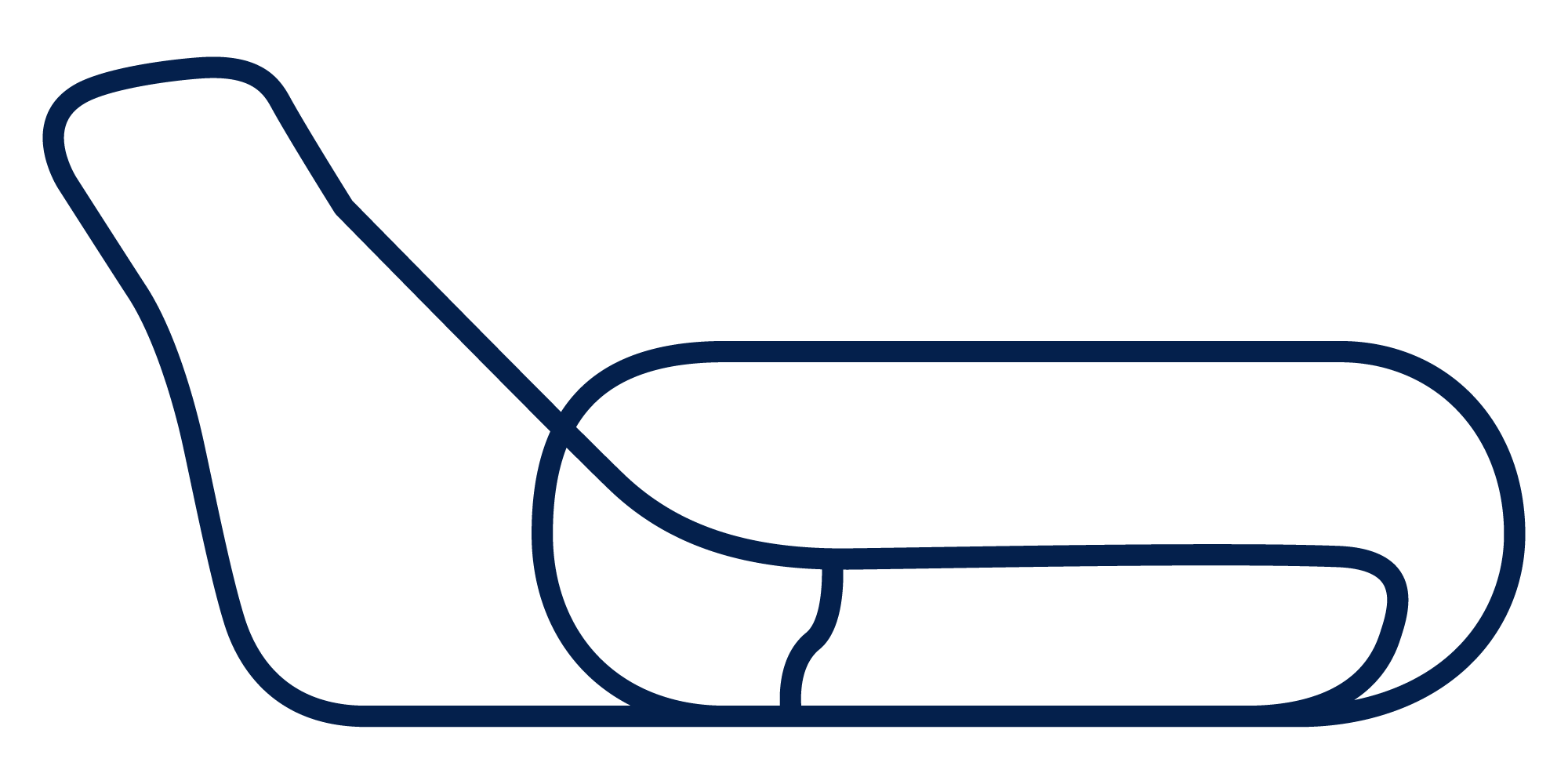Formula 1 flags and lights: complete guide to the meanings on the track
Flags and lights are essential tools for communication during a Formula 1 race. Each signal has a specific meaning that drivers and teams must interpret carefully.
In every Formula 1 Grand Prix, flags and lights are crucial in communicating crucial information about the track to drivers around the world. Each signal indicates something specific-from the presence of hazards to changes in the weather. But how can we, as spectators, interpret these signals to better understand what is happening on the track? Here’s a guide so you can fully enjoy every race.
Precision and adrenaline come together in regularity car racing
The Flags of Formula 1
Flags in Formula 1 are essential tools for sending clear and timely directions to drivers. With unique colors and symbols, each flag is easily distinguishable even at high speeds. The most important ones include:
Red Flag
The red flag signals thatthe race has been stopped, usually due to a serious accident or compromised safety conditions. All drivers must stop in the pits or along the track, and the race does not resume until all safety conditions are met.
Yellow Flag
The yellow flag is one of the most important signals on the track. It indicates a danger in sight (e.g., an accident or a stopped vehicle) and drivers should slow down and not overtake. The yellow flag can be displayed in two ways:
- Yellow wave flag: The driver should reduce speed, avoid overtaking and prepare for a possible change of direction.
- Static yellow flag: It is shown in case of static danger in a specific area of the runway.
- Double yellow flag: Indicates a serious hazard, such as an accident partially or completely obstructing the track or the presence of marshals working on the track.
Green Flag
The green flag indicates that the track is clear of obstacles or hazards. It is usually shown after a red flag (race stoppage) or after an obstacle has been removed. Drivers can resume their normal speed and pace.
Blue Flag
The blue flag is shown when a driver is about to be overtaken by another driver who is faster and ahead in the standings. This warning, shown in the lapped stages, serves to inform the driver that he or she must give way to the faster driver. It is not a hazard warning, but an indication to facilitate safe overtaking.
Checkered Flag
The checkered flag is the signal that the race has come to an end. It is waved on the last pass of the race leader to indicate that the race is over.
Black Flag with Orange Disk
When a driver receives a black flag with an orange disc, it means that his vehicle has a serious technical problem that could compromise safety, and he must immediately withdraw from the race for safety reasons.
White Flag
The white flag signals a slow vehicle on the track, such as a recovery car or another driver facing difficulty. Drivers should pay attention to the situation, but not slow down drastically.
Black Flag
The black flag indicates the immediate disqualification of a driver from the race. It is a maximum and severe penalty, used only in cases of serious infractions or behavior not in accordance with the sporting regulations. The flag is always accompanied by a sign with the number of the driver concerned.
Get on board and discover the pure adrenaline rush of the track
The Lights of Formula 1
Lights are another vital communication tool in Formula 1.
Green Light
The green light indicates thestart of the race. When the light goes out, the drivers can start. This occurs after a sequence of red lights come on and then go off to mark the start.
Red Light
The red light is turned on to mark thestart of the countdown before the start. When all the red lights are on, the drivers must stand still on the grid. Once the lights go out, the race begins.
Blue Lights (Flashing Blue Light)
This light signals that a driver is about to be lapped and must give way. It is a communication similar to the blue flag, but often used when there are multiple drivers who may be involved in simultaneous lapping situations.
Yellow Light (Flashing Yellow Light)
When the flashing yellow light is activated, it means there is a dangerous situation on the track, similar to the yellow flag. Drivers should reduce speed and not overtake.
Red Light (Steady Red Light)
In the event of a race stoppage, a steady red light is illuminated. This warning serves the same purpose as the red flag and indicates that the race has been suspended.
On-track communication is one of the keys to success in Formula 1, and flags and lights are at the heart of this system.


